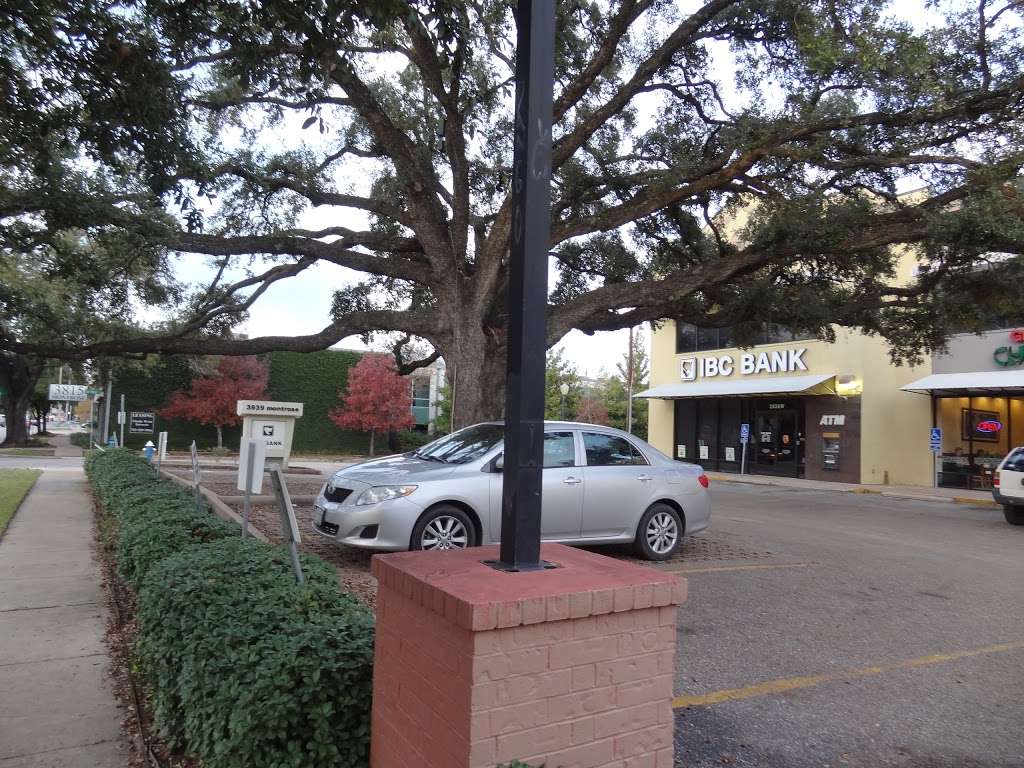

#Ibc bank routing number code#
SWIFT code – what is the difference?Īn ACH (Automated Clearing House) routing number or ABA (American Bankers Association) routing number is a nine-digit ID that’s only used for domestic transfers in the US. You’ll find both your IBAN and your bank’s SWIFT or BIC code on your bank statement or in your account details within the secure area of your online bank. The two terms are used interchangeably and given different names by different financial organisations. What is a Bank Identification Code or BIC?īank Identification Code, or Bank Identifier Code (BIC) is the same as your SWIFT code. Without your SWIFT code, your transaction won’t happen. If it helps, think of your SWIFT code as a postcode for your bank to make sure your international transfer is sent to the right place. An optional three-character branch code (letters and digits).A two-character location code (letters and digits) for your bank’s head office.SWIFT codes are between eight and 11 characters long and consist of: A BIC or SWIFT code (also known as SWIFT BIC or SWIFT ID) is there to determine who the bank is (or other financial institutions) and where they are in the world. SWIFT stands for the Society for Worldwide Interbank Financial Telecommunication, but it’s not as complicated as it sounds. The US IBAN number equivalent is an ABA routing number for domestic transfers and ABA SWIFT code, which we’ll come onto shortly, for international transfers. It isn’t used in the United States, Canada, Australia or New Zealand, as they have their own versions. IBAN is mostly used across Europe, the Middle East, North Africa and the Caribbean. You can find your IBAN number on your bank statement. Your IBAN identifies the individual bank account you’re using to make your overseas transfer, whereas your SWIFT is much shorter and used to identify a specific bank to verify international payments. No, your IBAN code and SWIFT code are different. Instead, your IBAN is an additional number that contains extra information to help foreign banks identify accounts when you send money overseas. No, your IBAN is not the same as your account number or sort code, and it doesn’t replace these either. They contain your:Ĭreate Account Is my IBAN the same as my account number? IBAN numbers vary between countries but are typically made of up to 34 letters and numbers. Your IBAN number identifies a specific banking account the transfer should be made to, ensuring the payment reaches its destination safely. IBAN stands for International Bank Account Number and is a unique identifier used when making international payments. In this blog, we’ll detail the differences between IBAN numbers and SWIFT codes, explain routing numbers and tell you where they can be found. Each of these operates in a slightly different way depending on the country and bank’s transfer processes, so it’s worth having a solid understanding of them all. IBANs, SWIFT codes (also known as BIC) and routing numbers all help banks identify where your currency needs to go when being transferred.
#Ibc bank routing number full#
These three pieces of information are needed to give each check full and unique identification for purposes of moving money between accounts.In this article, we’ll be talking about four of the most common acronyms you’ll encounter in the world of banking. This same line will also contain the check number for the check in question. It may precede or follow the checking account number. The routing number can be found at the bottom of the check. Without it, they are dead in the water and cannot move funds. It is used to route money transfers, such as check payments or direct deposits. Second, they need it for practical logistical reasons. In order to do business in the US, all US banks must have a routing number.įirst, they need it because the law requires it. It has a few different names, such as Routing Transit Number and American Bankers Association number. It is a number issued by the American Bankers Association that identifies the individual bank in question. Routing Number? Please Explain This To Me Like I'm Five.


 0 kommentar(er)
0 kommentar(er)
